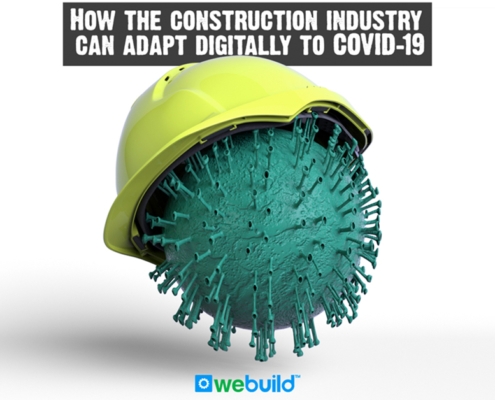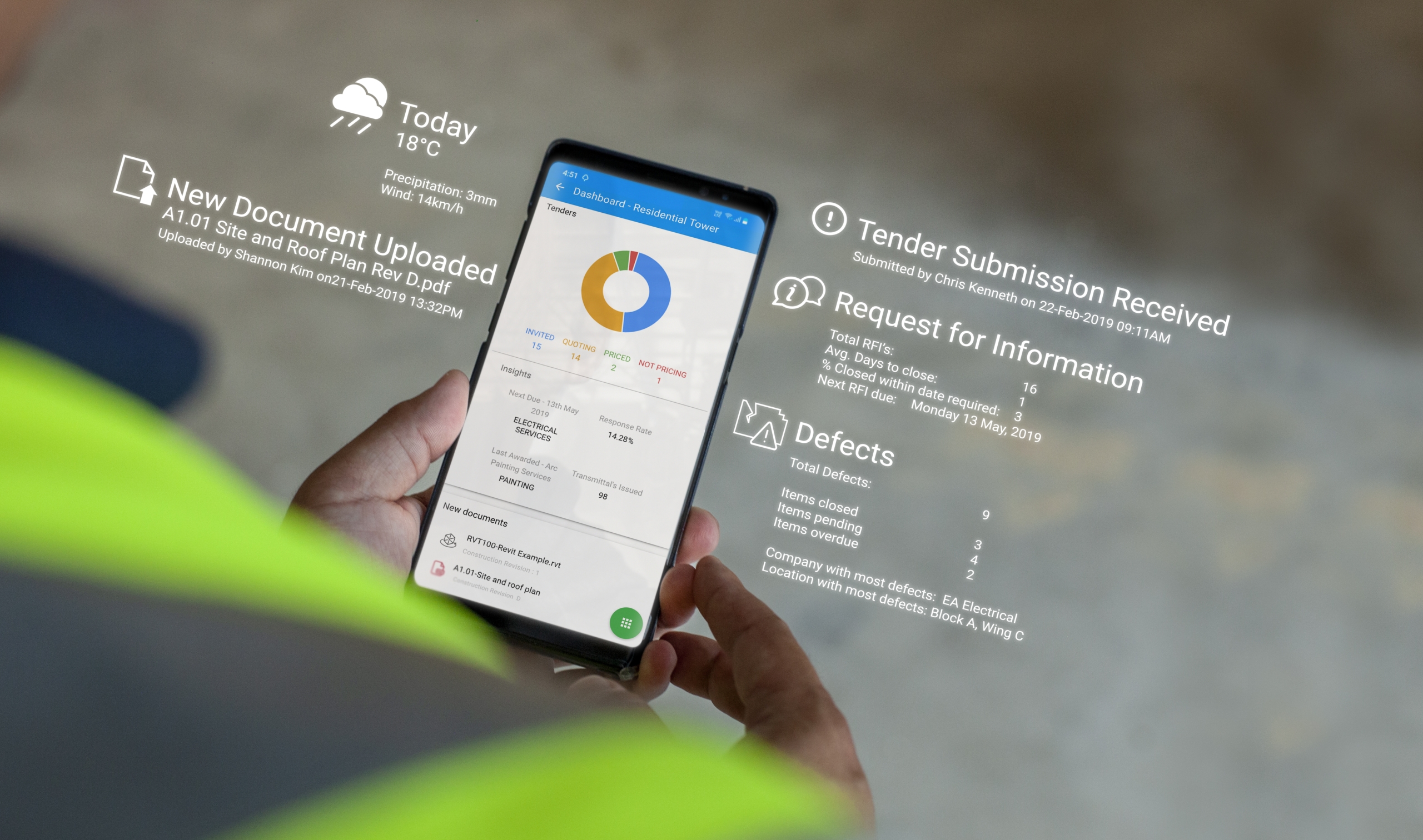
Behind every successful building project lies a history of rigorous construction project management. The purpose of this tough practice is to closely monitor and control the progress of a construction project in terms of its cost, schedule, and quality.
So what exactly does building project management entail?
A construction project manager is responsible for keeping a project on track, with their ultimate goal being the completion of a project within budget and on schedule while sticking stringently to building plans and codes. In this way, a construction manager will need to take on a wide range of tasks including (but certainly not limited to):
– Hiring on-site workers and sub-contractors
– Handling finances
– Keeping track of a construction schedule
– Setting a budget
– Deciding on relevant construction methods and strategies that suit the project
– Negotiating contract terms with project agents and workers
– Holding meetings and making decisions with various project consultants.
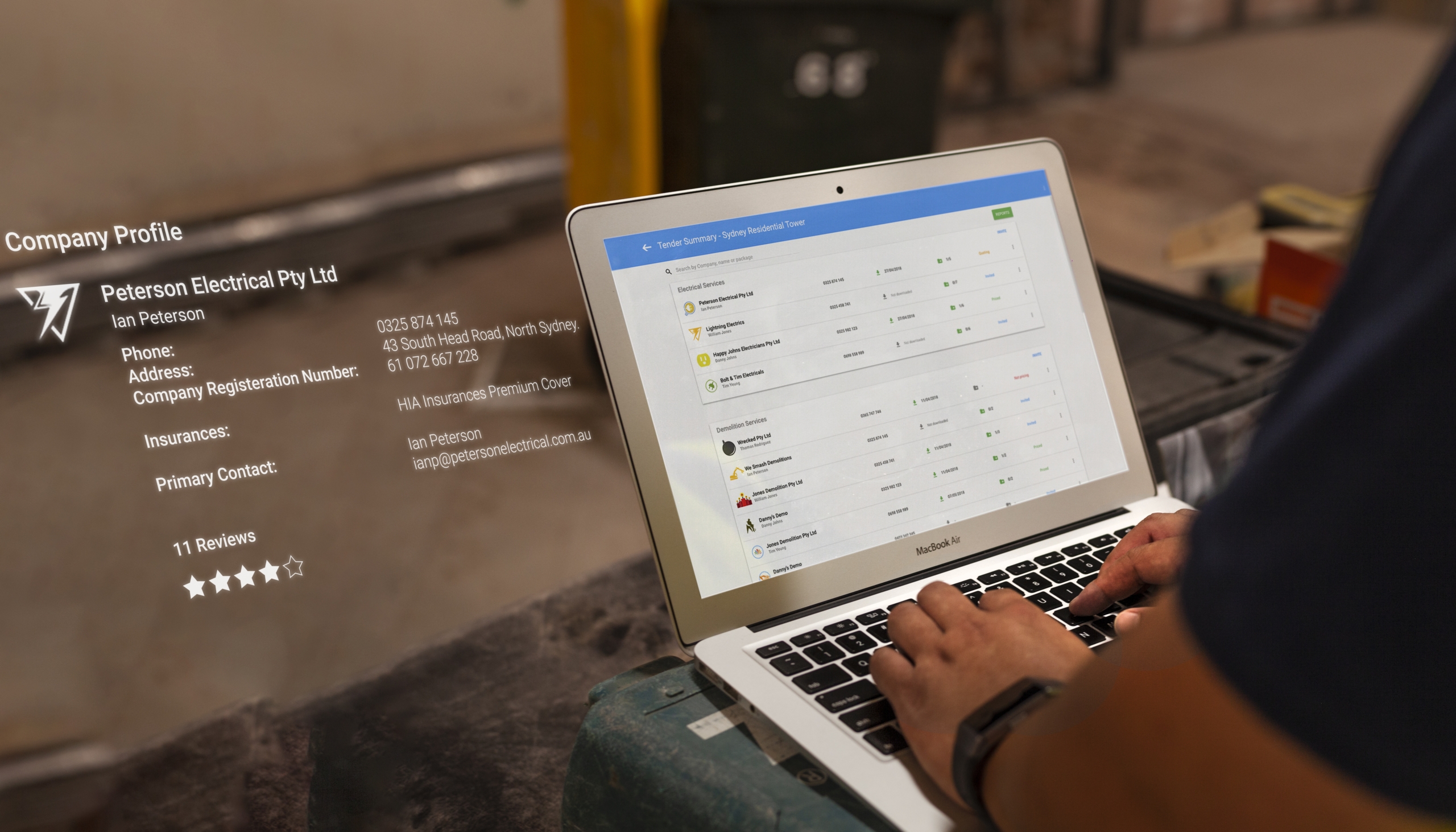
Deciding on a general contractor
The first step of any successful building project involves establishing a design for the project. Once this has been agreed upon, a construction manager must search for high-quality contractors via a bidding system. Indeed, in order to be considered, contractors must be able to demonstrate that they can take on tasks such as handling construction risk, engineering, making decisions, and producing high-quality work. Contractors with a history of success that meet the guidelines set out by the building manager are then selected through a bidding process that assesses factors such as qualifications and value-for-money.
What will the contract look like?
Whilst the bidding process described above is commonplace regardless of project type, there are two business models that project managers can expect to handle, including:
– A design-bid-build contract: This is a popular type of contract that allows an owner to select a contractor after an architect and/or engineer has finished designing the project.
– A design-build contract: This type of contract means that the design and construction stages of a project are dealt with by the same party.
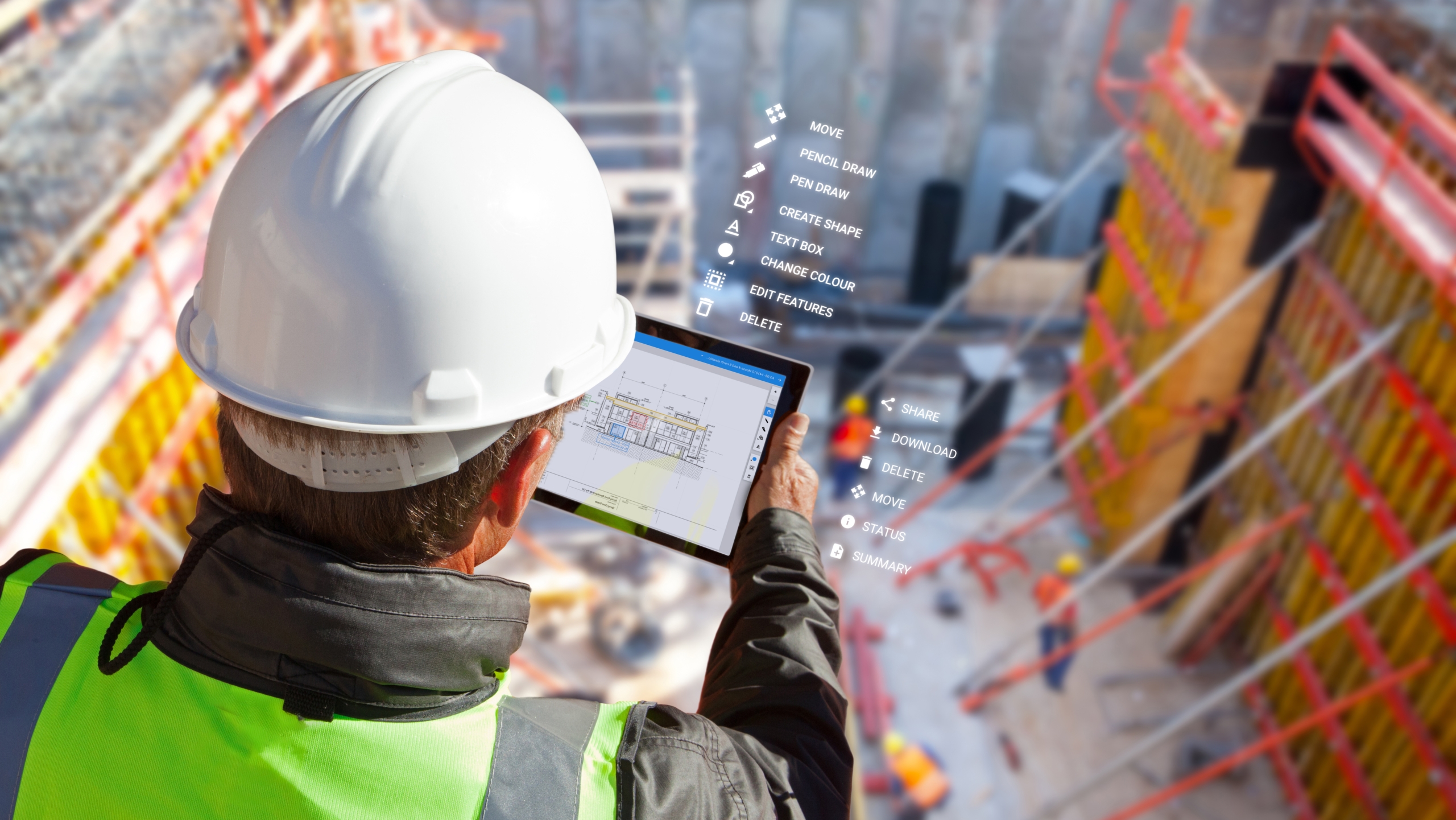
Construction stages
Once the bidding process has taken place, the construction part of the project can commence. According to the Project Management Institute, there are five stages associated with all kinds of project management, and this is no different within the construction industry. Stages of a construction project life cycle include:
1. Development and initiation
Before the building can start, a project manager must evaluate whether the project is financially viable and worth taking on. As part of this, stakeholders may be evaluated for due diligence. Once all parties associated with the project are happy for it to proceed, the construction manager must write up a project initiation document detailing the business case and needs of the project.
2. The planning stage
The next part of the project is to develop a project management plan (or PMP). This is a formal document drawn up by the project manager that sets baselines related to costings, scope and time frame for the project. Other important documents may include:
– Scope documents: Scope documentation should set out the benefits of the project, as well as business needs and key milestones.
– Work breakdown plan: This is a document that divides the project into manageable and realistic parts.
– Communication document: This will detail aspects of communication such as objectives to tools and best practices. It will be useful for the project as it will mitigate the chances of conflict or misunderstanding.
– Risk management document: This is a plan that will help the project manager identify any risks (including construction risk) before any work takes place. It may include potential budget issues or resource shortages.
3. The execution stage
Often the most exciting part of the project life-cycle, the execution stage involves an initial meeting, resource assignment, implementing tracking systems, tracking the project schedule and, occasionally, altering project plans.
4. Monitoring performance
The monitoring stage often overlaps with the execution stage and involves measuring the project’s progress according to a number of variables.
5. Completion
Project managers often hold a meeting once construction has ended in order to establish which project objectives were met, and which may have fallen behind. The project team will then draw up a list of remaining tasks and a thorough project report.
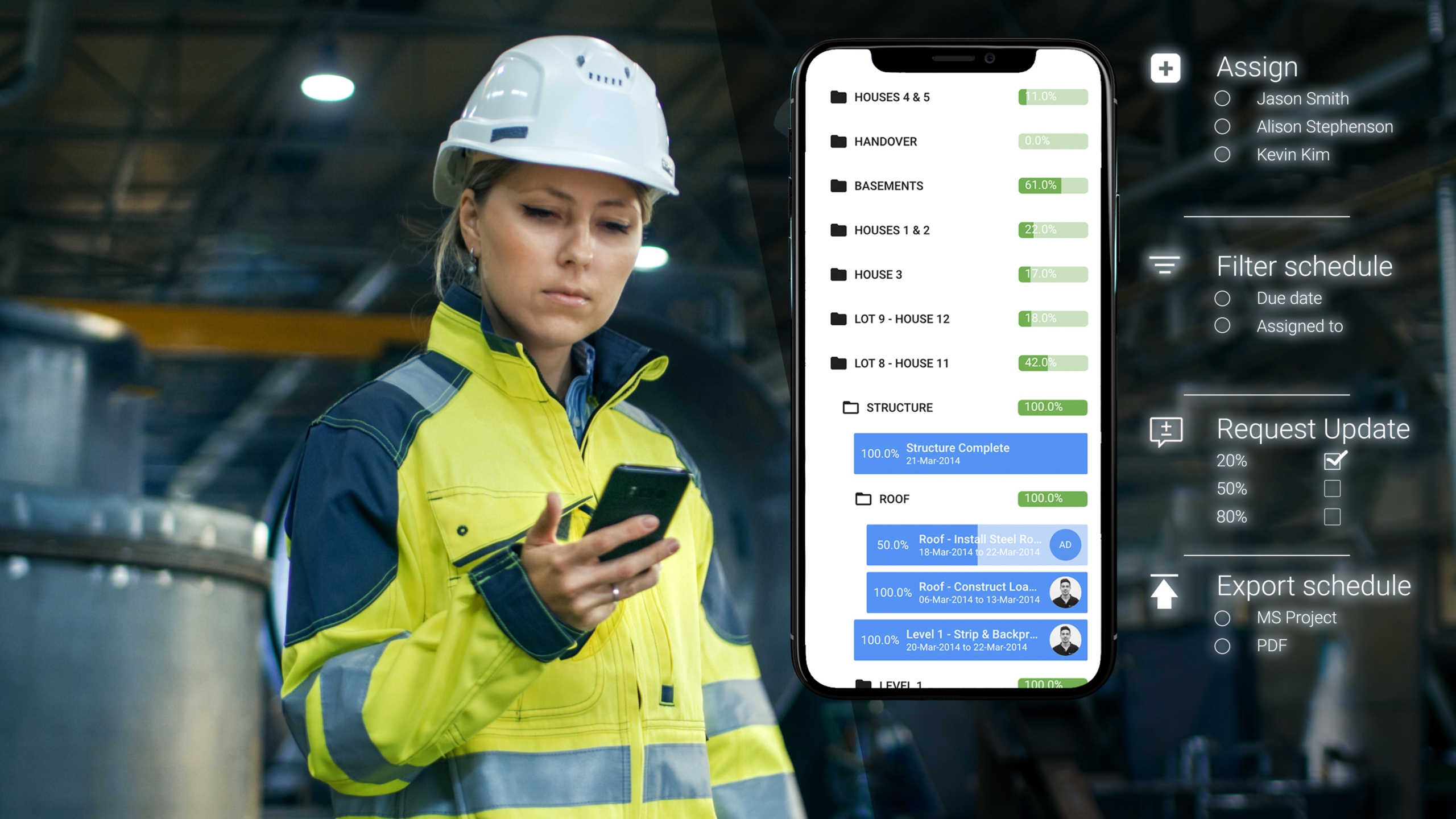
Dealing with scheduling
Whilst the above timeline may look simple enough, delivering a project on time is often the most difficult part of a project manager’s job. Fortunately, digital technology is helping to increase visibility across supply chains and project stakeholders are able to keep better track of progress. Here are a few tips about scheduling for those new to construction project management:
1. Allocate tasks in real-time
Assigning jobs in real-time is fundamental during a construction project, as it avoids confusion and helps workers to focus. It also allows you to keep track of whether issues are being addressed in a timely fashion and can avoid costly delays.
2. Track the project’s progress online
Digital technologies are allowing construction managers to schedule jobs quickly and in real-time, thereby speeding up projects. Indeed, construction project management software is now widely available and should be thoroughly researched before embarking on a new project (read more on this below).
3. Communicate schedules to workers through reliable software
Providing detailed work schedules is vital as it allows teams to coordinate themselves easily and prepares them for upcoming tasks. High-quality construction software is the best way to achieve this.
4. Keep subcontractors in the loop
To sustain a sense of trust across your supply chain, it is vital that you keep all subcontractors informed of progress and developments. This can be achieved simply using digital tools such as mobile phones.
Picking the right construction management software for you
As evidenced above, digital tools are becoming an invaluable resource for time-scarce project managers. Before investing in new construction software, you may wish to think about the following factors:
1. Can it communicate tasks in real-time?
Real-time communication is vital when it comes to avoiding project crises and keeping to schedule. In this way, opting for software that can communicate information urgently may save you time and money.
2. Will it work on-site and in the office?
Ensuring that important software and information is accessible both on-site and in the office is fundamental when it comes to avoiding misunderstandings or conflict.
3. Is it easy to use?
Not all construction workers are well-versed in complex technologies, so it is important that any app you select is easy to use.
4. Does it offer a live overview of the construction life cycle?
Being able to look at the project holistically will help you to keep track of a complex timeline. What’s more, live project overviews can be reassuring for stakeholders.

Project risk management
Construction projects naturally come with a number of risks, so it is important that construction managers draw up robust risk management plans. To do so, they must first consider the different types of risk their colleagues may face, including:
– Health and safety risks
– Disputes surrounding the project
– Budget problems and delays in project completion
– The possibility of substantial rework rates
– Data breaches
– Extreme weather conditions that hamper construction
– Hefty administrative costs
The above factors demonstrate that communication is the key to success. Disputes are common within the industry and can end up costing money. What’s more, the physical safety of some workers will inevitably be at risk, so it is important that the correct equipment and training measures are taken to mitigate such risks.


